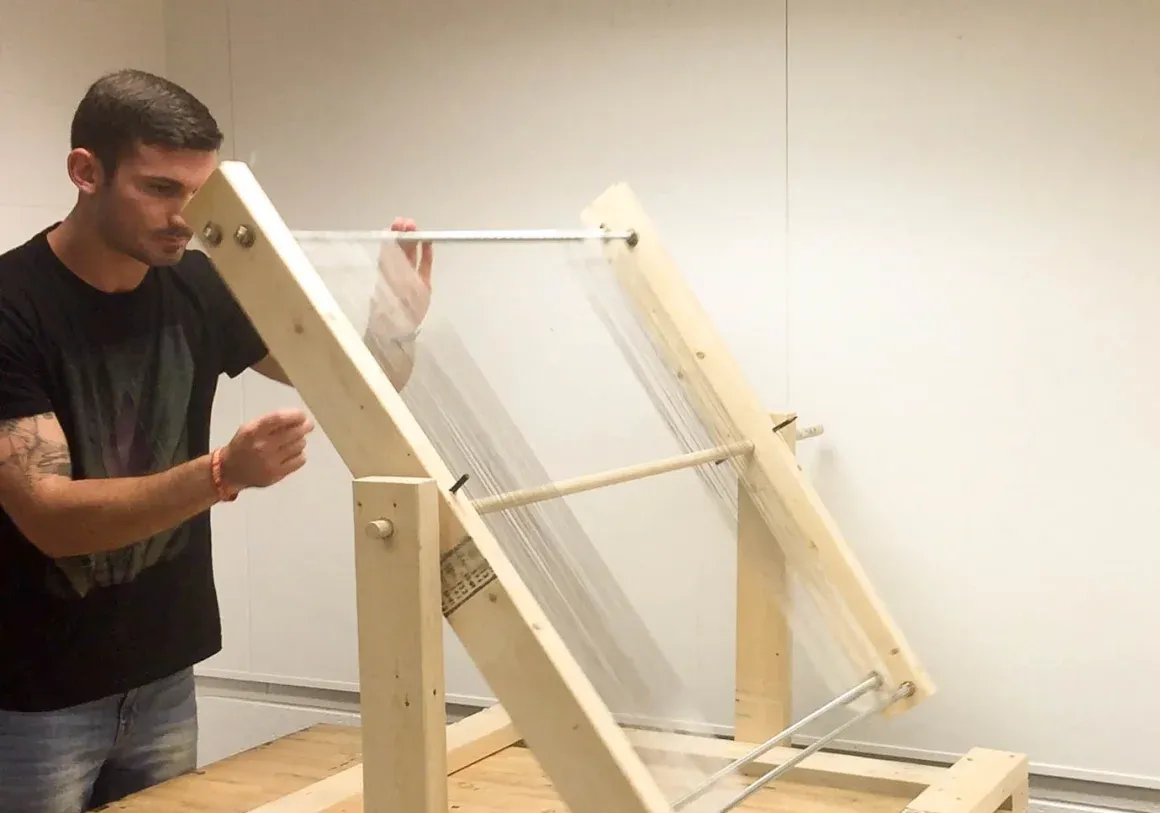In the arid mountains of Chile's Atacama Desert, where rainfall is virtually non-existent, communities have long relied on an ancient technology to capture water from the air. Now, researchers at Virginia Tech are reimagining this centuries-old practice with cutting-edge engineering that could transform water access for millions worldwide.
The Science Behind Fog Harvesting
Traditional fog nets, resembling large volleyball nets stretched across hillsides, have provided drinking water to remote communities for decades. These mesh structures capture tiny water droplets from fog as it passes through, with gravity pulling the collected water down into storage tanks. However, these conventional systems suffer from a fundamental flaw: their efficiency rarely exceeds 5%.
Virginia Tech's mechanical engineering team, led by Professor Jonathan Boreyko, has developed an innovative alternative called the "fog harp." Instead of using a woven mesh, their design employs parallel vertical wires arranged like the strings of a harp. This seemingly simple change has profound implications for water collection efficiency.
Breaking Through the Efficiency Barrier
The breakthrough lies in eliminating what scientists call "clogging." In traditional fog nets, water droplets get trapped at the intersections where mesh wires cross, creating bottlenecks that prevent efficient drainage. The fog harp's parallel wire design removes these intersections entirely, allowing water to flow freely down each wire without obstruction.
"We've observed efficiency improvements of up to 300% compared to conventional fog nets," explains Boreyko. "In our field tests, the fog harp collected approximately 15% of the water content from passing fog, triple the performance of traditional mesh designs."
The team's research, published in ACS Applied Materials & Interfaces, demonstrates that wire spacing is crucial. Wires placed too far apart miss droplets, while those too close together recreate the clogging problem. The optimal spacing, they found, is approximately three times the average fog droplet diameter.
Real-World Applications and Impact
The implications extend far beyond academic research. According to the United Nations, over 2 billion people worldwide lack access to safely managed drinking water at home. In fog-prone coastal and mountainous regions, improved fog harvesting could provide a sustainable, low-cost water source.
Chile's fog harvesting installations currently serve over 1,000 people in remote villages. With fog harps potentially tripling water collection, existing infrastructure could support three times as many residents without additional land use. The technology is particularly promising for:
- Coastal communities in Peru, Morocco, and Namibia where fog is abundant but rainfall scarce
- Island nations facing freshwater shortages due to climate change
- Agricultural applications for crop irrigation in water-stressed regions
- Emergency water supplies in disaster-affected areas
Scaling Up: From Lab to Landscape
The Virginia Tech team is now working with international partners to deploy large-scale fog harp installations. Their next challenge involves optimizing materials for durability and cost-effectiveness. While laboratory prototypes use stainless steel wires, field deployments might utilize more affordable materials like coated aluminum or specialized plastics.
"We're not just building a better mousetrap," notes co-researcher Dr. Brook Kennedy. "We're developing a scalable solution that communities can build and maintain themselves using locally available materials."
The researchers are also exploring hybrid designs that combine fog harvesting with dew collection and rainfall capture, creating multi-source water systems resilient to changing weather patterns.
Looking Ahead: The Future of Atmospheric Water Harvesting
As climate change intensifies water scarcity globally, innovations like the fog harp represent crucial adaptations. The technology requires no external power, produces no emissions, and operates continuously in suitable conditions. With proper implementation, a single large fog harp installation could provide 200-500 liters of clean water daily, enough for a small community's basic needs.
The Virginia Tech team's work demonstrates how reimagining simple technologies can yield dramatic improvements. By questioning the fundamental design of fog nets unchanged for decades, they've potentially unlocked a sustainable water source for millions. As field trials expand and the technology matures, fog harps may soon transform misty mornings into life-sustaining resources for communities worldwide.
Target Audience: Environmental scientists, water resource managers, sustainable technology enthusiasts, international development professionals, climate adaptation specialists, general readers interested in innovative solutions to global challenges
